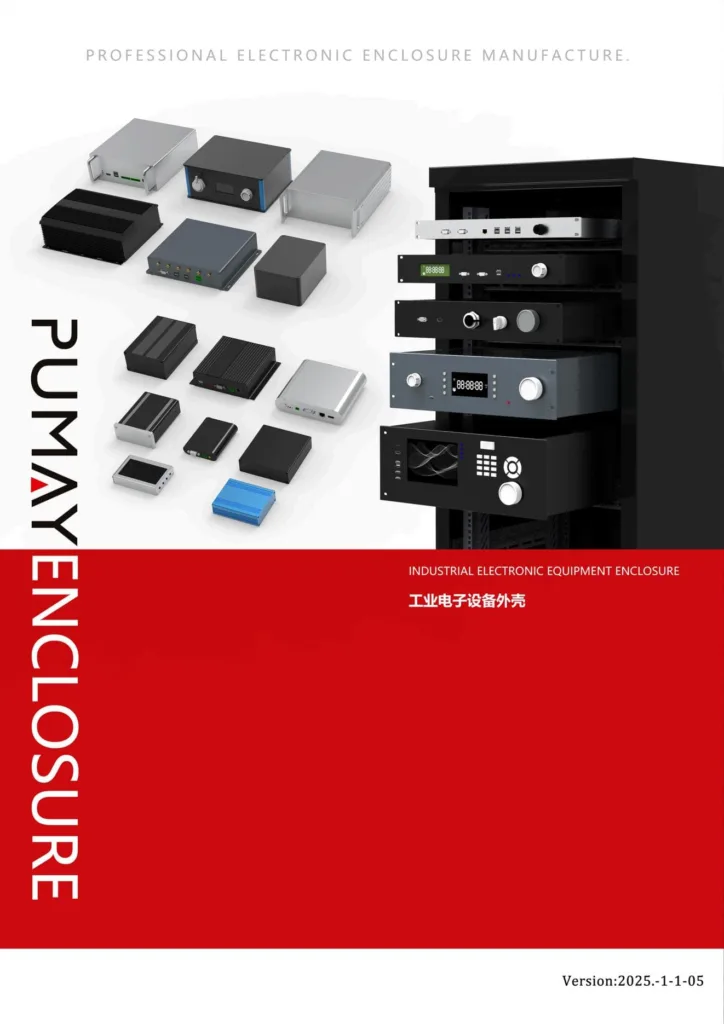Your shipment finally arrives, but the box is crushed. You dread the thought of a long, painful claims process, delaying your project even further.
Immediately document the issue with photos before unpacking. Contact your supplier with clear evidence (photos, order number, description of the problem). A reliable supplier has a straightforward process to quickly replace or remake the parts without argument.
Mistakes can happen, even with the best planning. It might be damage from rough handling during shipping or a subtle manufacturing defect that slipped past quality control. How you and your supplier handle the situation is what defines the partnership. A good process turns a frustrating problem into a quick solution, keeping your project moving forward without major delays.
What's the first thing you should do when you see a damaged package?
The courier drops off a box with a dented corner. You're tempted to open it quickly to check the contents, but acting too fast could jeopardize your claim.
Stop. Before you open it, take clear photos of the damaged box from multiple angles. This is your primary evidence for a shipping claim. Document the tracking number and note the damage on the delivery receipt if possible.
The Golden Rule: Photograph the Box First
This simple step is incredibly important because it helps distinguish between shipping damage and a manufacturing issue. The shipping carrier (like DHL or FedEx) is responsible for delivering the package in the same condition they received it. Photos of the sealed, damaged box are your proof that the damage occurred while it was in their care. I've seen situations where a client opens a box, finds a dented enclosure, and then throws the box away. Without photos of the original damaged packaging, the shipping company can argue the damage happened after delivery, making a claim nearly impossible. I always advise my clients to treat the unopened, damaged box like evidence. Taking a moment to document it properly protects you and allows us, your supplier, to file a successful claim with the carrier on your behalf. This ensures you get a perfect replacement part without any extra cost or argument.
| Step | Action | Why It's Crucial |
|---|---|---|
| 1. Pause | Do not open the box immediately. | Preserves the evidence as it was delivered. |
| 2. Photograph | Take clear photos of all sides, the shipping label, and the damage. | Provides undeniable proof for the shipping carrier claim. |
| 3. Note Damage | If possible, note "Package Damaged" on the courier's device. | Creates an official record at the moment of delivery. |
| 4. Contact Us | Send us the photos and then inspect the contents. | Allows us to start the claim process for you immediately. |
How do you document a quality issue effectively?
You find a scratch on the finish or a misaligned hole. You need to report it, but describing it in an email feels vague and risks being misunderstood.
Provide clear, well-lit photos showing the defect. Use a pointer, a coin for scale, or circle the issue on the photo. Reference the specific order number and part number. A short video can be even more effective for functional problems.
Clarity is Key to a Fast Solution
The goal is to eliminate any ambiguity. A vague email saying "the finish is bad" leads to a series of questions and delays. But a clear photo or video shows us the exact problem in seconds. In global manufacturing, clear visual communication overcomes any language barrier. When I receive an email from a client with a photo that has an arrow pointing to a tiny scratch, I know exactly what's wrong. If they place calipers next to a cutout to show it's off by a millimeter, my engineering team can instantly cross-reference it with the approved 3D model. This isn't about assigning blame; it's about efficient problem-solving. Good documentation allows our quality team to trace the error back to the source—was it a CNC programming mistake or an issue in the anodizing tank? This helps us not only remake your part perfectly but also improve our internal processes.
| Documentation Element | Why It's Important | Example |
|---|---|---|
| Order Number | Links the issue to the specific production run. | "Regarding PO #12345, item #3" |
| Clear Photos/Video | Provides undeniable, easy-to-understand evidence. | A photo with an arrow pointing to a scratch. |
| Use of Scale | Helps us gauge the size and severity of the defect. | A ruler or coin placed next to a dent. |
| Clear Description | Explains the problem and its impact on your build. | "The M3 hole on the front panel is 2mm too high." |
What should you expect from a good supplier's claim process?
You've sent your claim. Now you're waiting, dreading a long argument over who is at fault, or worse, being ignored completely. Your project timeline is slipping away.
A good supplier responds within 24 hours, confirms they understand, and immediately proposes a solution. This should be a fast, no-argument remake of the defective parts, shipped via express at their expense. Their goal is solving your problem.
A Partner Solves Problems, They Don't Argue
This is the moment of truth that separates a simple vendor from a true manufacturing partner. A bad supplier will delay, ask for endless evidence, or offer a small discount on a future order. This is unacceptable when your project is on the line. At PUMAYCASE, our policy is simple: if we made a mistake, we fix it. Period. We understand that for an engineer like Jeff, the biggest pain point of any problem is the delay it causes. Our claims process is therefore built for speed. As soon as we receive clear documentation of an issue, we don't waste time with a long investigation. We immediately schedule a remake of the part. We accept responsibility, and we cover all costs for the replacement part and for expedited international shipping. We see it as our duty. You paid for a perfect product, and that is what you will receive. The trust we build by fixing problems quickly is far more valuable to us than the cost of remaking a few parts.
Conclusion
When issues arise, clear documentation and a responsive supplier are key. A good partner will fix problems quickly and without argument, protecting your project and building lasting trust.





